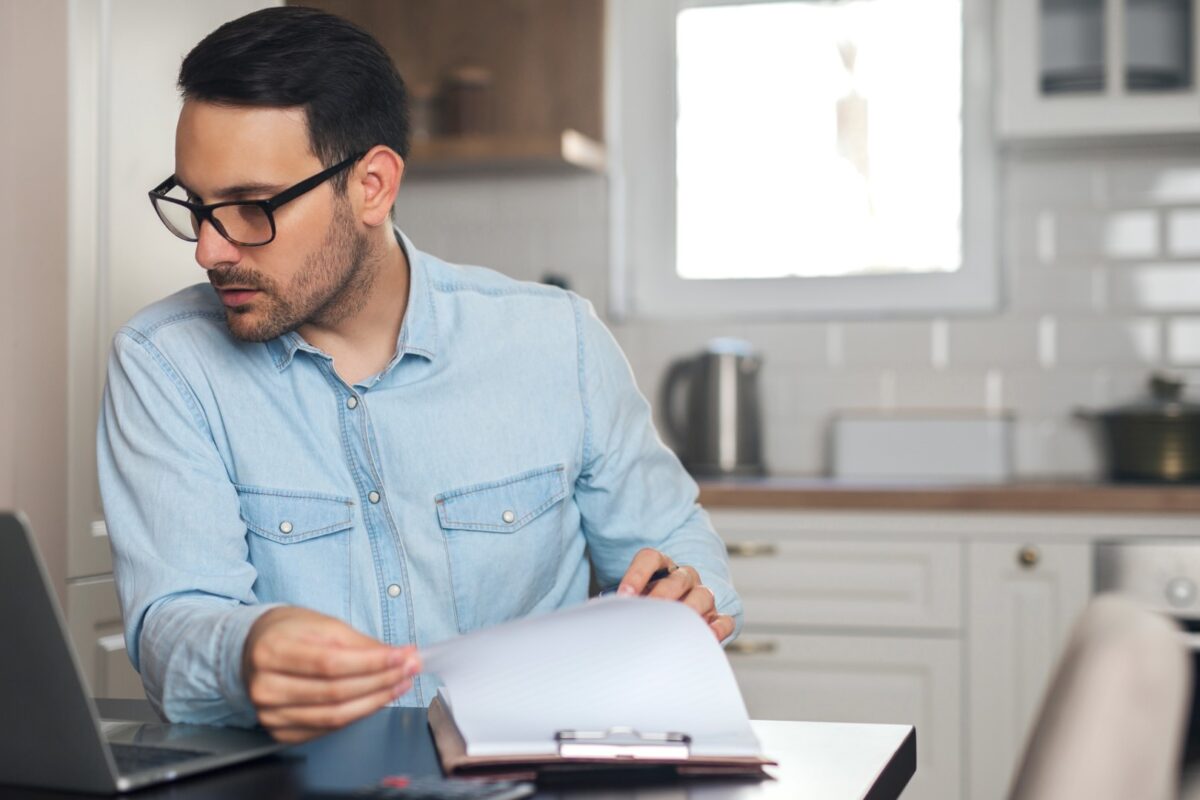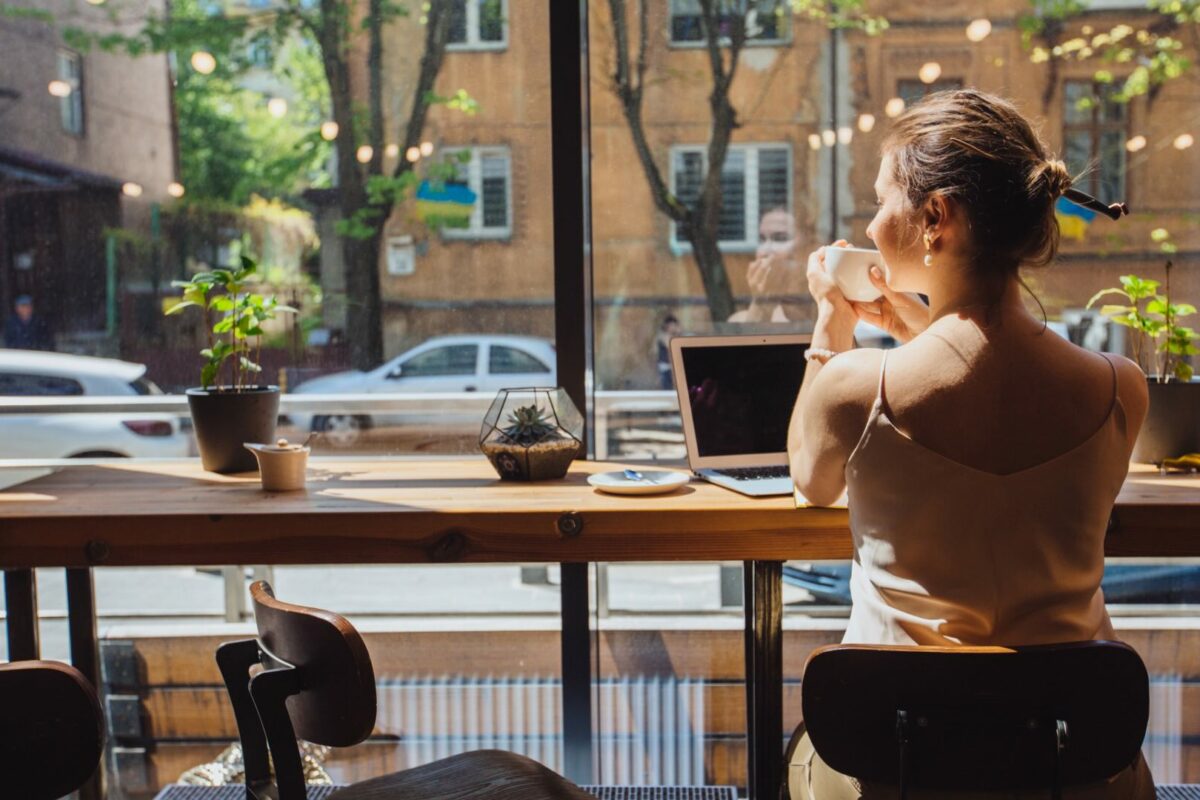A UK-based charity has launched a campaign to create 1,000 new employment opportunities for autistic people in the Sunderland region, North East England. Launched on World Autism Acceptance Day, the North East Autism Society campaign aims to draw much-needed attention and support for neurodivergent people in the workplace.
According to the National Autistic Society, only 29% of autistic people are in any form of employment. This is the lowest rate out of any disability group. But, that’s not to say there isn’t room for growth. Roughly three-quarters of unemployed autistic people say that they want a job.
The North Eastern Autism Society (NEAS) is now pushing for businesses to think differently about their hiring practices and support that’s available in the workplace.
John Phillipson, chief executive of NEAS, says: “We meet people every day who have skills they could bring to the employment market, yet they are blocked because of obstacles that are often very minimal.
“With a little bit of adjustment, employers could make huge difference. We want to build up a network of companies in the North East willing to do this so we can share expertise and good practice.”
Designing for Autism in the workplace
Beyond the job title, design of the built environment plays a vital role in creating a supportive environment for autistic and neurodiverse people.
Adjustable lighting
Consider the brightness of lights in your building, and how easy it is to change. Are there areas where lights can be dimmed? Is it possible to adjust settings in each room, or even at all? Some autistic people have a higher sensitivity to light. Inclusive design is also good for everyone, where people who suffer from migraines or women going through menopause may also benefit from considerate design.
Soundscape
If you were to create a map of your building that tracked the noise levels of each room, what would that look like? Is there background music playing in a working area? Is there a way to enter the building or office space without walking through a noisy area?
Evan Benway, Founder and Managing Director of Moodsonic, shares the delicate intricacies of designing for neurodivergent people, “Many of us find it hard to focus in offices at the best of times. The typical office soundscape tends to be an amalgamation of things like other people’s conversations, air conditioning and device alert sounds. For a hypersensitive person, it’s incredibly hard to tune out these irrelevant noises and focus on the task at hand.
“On the flip side, people who are hyposensitive to noise will thrive in completely different environments. For some people, highly complex, loud, or stimulating environments might actually be enjoyable and help them perform at their best.”
Include a sensory map
Taking the previous point a step further, organisations can use sensory maps to give building users a better idea of what to expect in each room or hallway, allowing them to choose their pathway accordingly. Sensory maps include mark levels such as temperature, noise, foot traffic, and smells. The below image is an example of a sensory map used by Zurich UK to help employees and visitors navigate the building in the way most comfortable for them.

According to a report by research charity Autistica, doubling the autistic employment rate could boost the UK economy by up to £1.5 billion a year. With a Better built environments coupled with increased work opportunities, such as Sunderland’s 1,000 opportunities could be a real jumping point forward.
Content Team
Work in Mind is a content platform designed to give a voice to thinkers, businesses, journalists and regulatory bodies in the field of healthy buildings.




